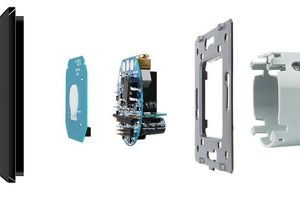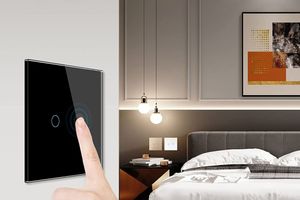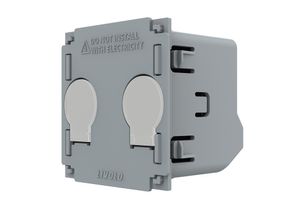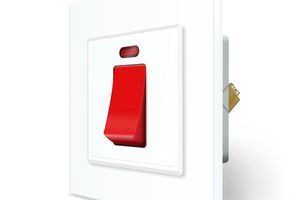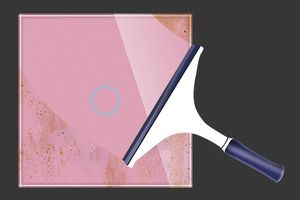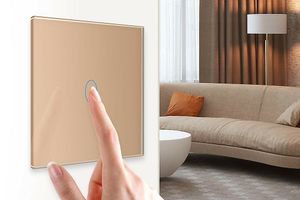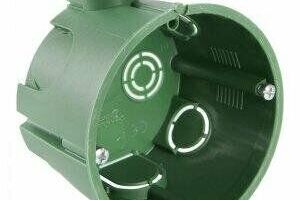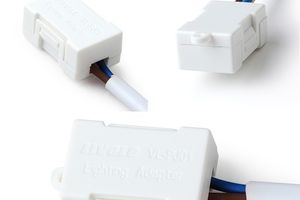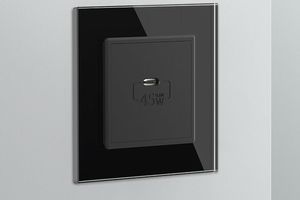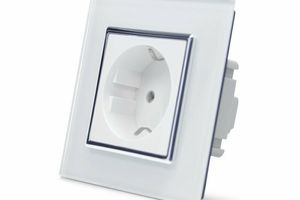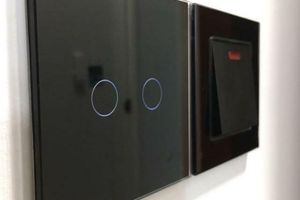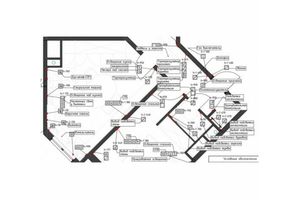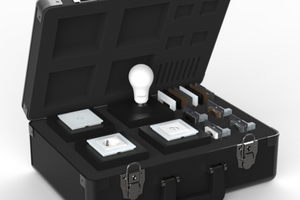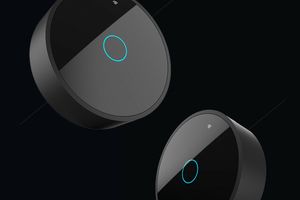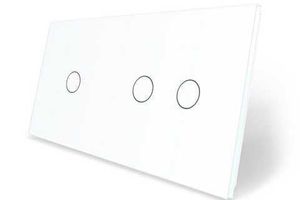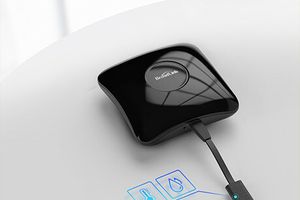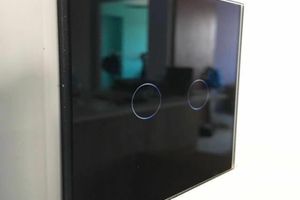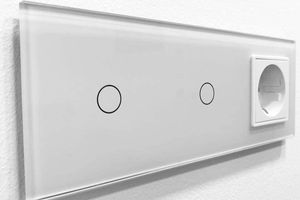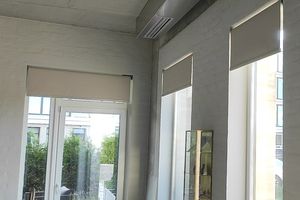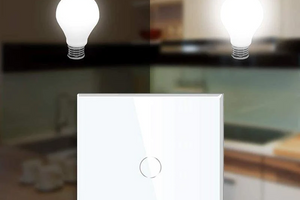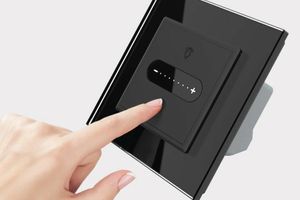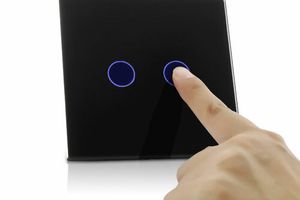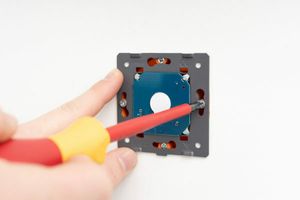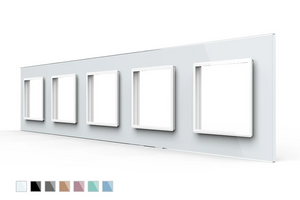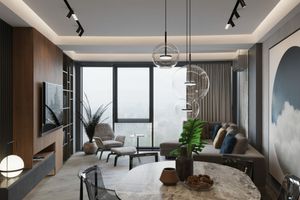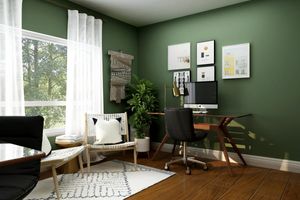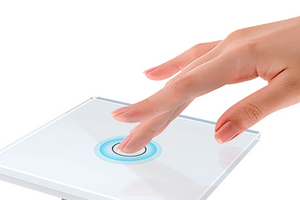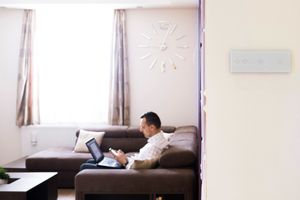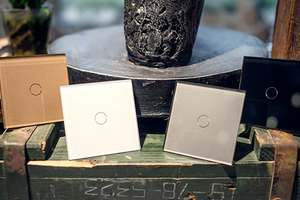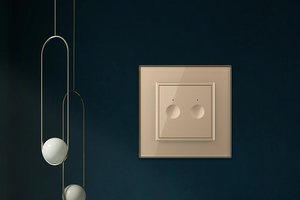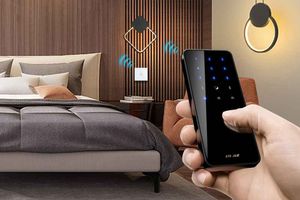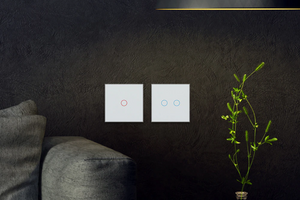Design is not just about creating aesthetically pleasing objects, but also about ensuring that these objects serve a functional purpose. This is where the concept of functional objects as design elements comes in.

The Importance of Functional Objects in Design
Functional objects, such as light switches and door handles, play a crucial role in our daily lives. They are often overlooked in the design process, but their functionality can greatly impact the overall aesthetic of a space. By integrating these objects into the design, they become part of the overall look and feel of the space, rather than just a necessary addition.
The Benefits of Using Functional Objects as Design Elements
Using functional objects as design elements can have numerous benefits. Firstly, it can create a sense of unity and cohesion within a space. By using the same style of functional objects throughout a room, the space can feel more harmonious and put-together. Additionally, incorporating functional objects into the design can make the space more user-friendly and intuitive, as the objects blend seamlessly into the overall aesthetic.
Choosing the Right Functional Objects for Your Design
When selecting functional objects to use as design elements, it's important to consider the overall style and feel of the space. The objects should complement the existing decor and blend in seamlessly. Additionally, functionality should be considered when selecting these objects. For example, a light switch should be easy to locate and use, while also fitting in with the overall design aesthetic.
Designing Around Functional Objects
Designing around functional objects can be a challenge, but it's one that can lead to stunning results. By incorporating these objects into the initial design phase, the objects become integral to the overall aesthetic of the space. This can lead to a more cohesive and polished final result.
Functional objects may seem like mundane necessities, but they can actually be used as powerful design elements. By choosing the right objects and incorporating them into the design process, designers can create spaces that are both visually appealing and highly functional. By blending form and functionality, we can create spaces that truly enhance our daily lives.



















































